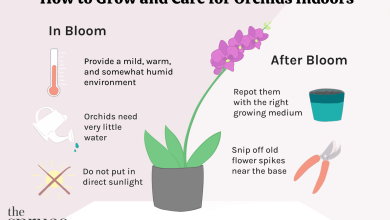Complete Guide to Grow Moringa: [Steps to Follow + Images]
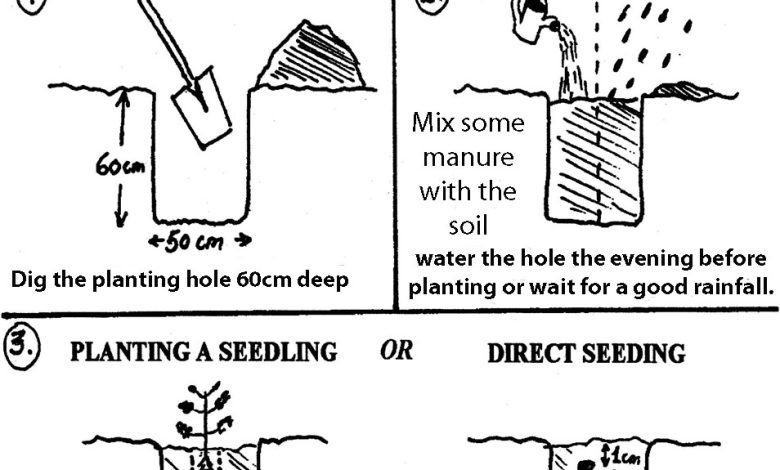
“Moringa oleifera, known as moringa, ben, is a species of tree native to northern India. It grows in almost any type of soil, even in conditions of high seasonal aridity, which makes this plant a resource for the populations that live in these areas.” (Wikipedia)
In addition, the moringa tree has the characteristic of being fast growing and can reachmeasure between 9 and 13 meters high,depending on the water, the light and the temperature it has had.
Moringa not only has innumerable beneficial properties, it is also a very beautiful plant because it flowers for much of the year and its branches hang down.
Important Points when Sowing Moringa:
- Where? In areas that receive a lot of sunlight. It has a tropical climate, although it can also be grown in areas with a Mediterranean climate.
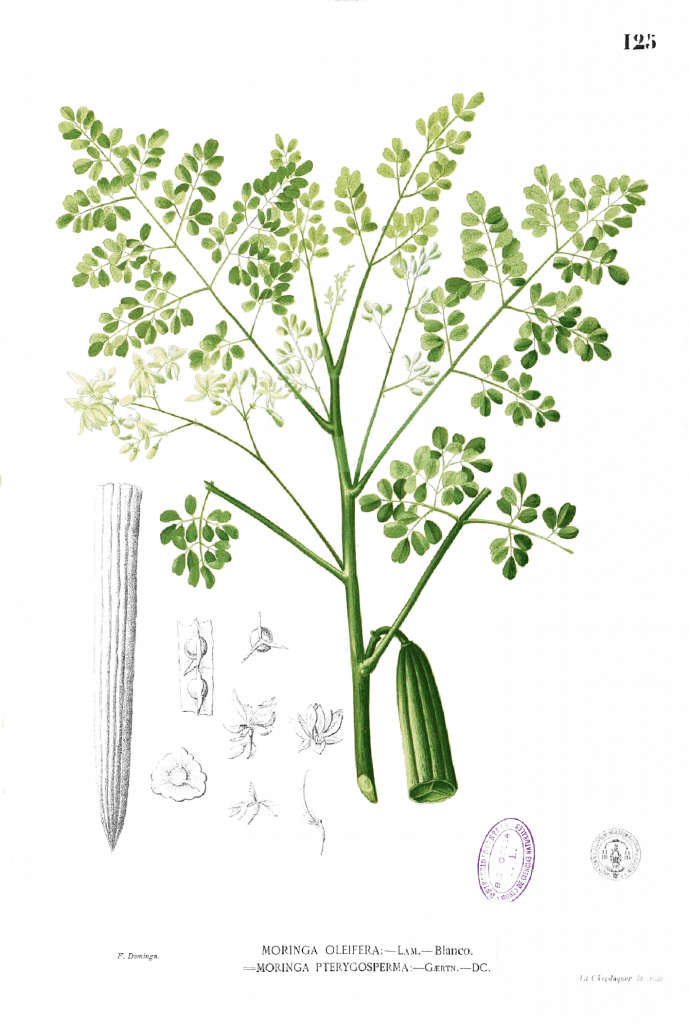
- When? Preferably during the spring.
- Growing time? Moringa is a fast growing tree.
- How high can it reach? About 9-13 meters high.
- How do we prepare the land? Good contribution of organic matter and compost, in addition to controlling the pH between 4.5 and 8.
- How do we water? Ideal drip irrigation or with a spray. Avoid waterlogging.
- How do we sow? Here step by step.
- How do we harvest? It depends on whether it is done by seed or by cutting. From a stake or cutting, it can be harvested 6 months after sowing.
- Plagues and diseases? Aphids, ants, inchworms.
When to plant moringa?
 Preferably sow in the rainy seasonto help the root to grow; however, once the plant has grown, water once a week to prevent root rot.
Preferably sow in the rainy seasonto help the root to grow; however, once the plant has grown, water once a week to prevent root rot.
Therefore, we will try to plantthe moringa tree during spring.
Where do we plant moringa?
In terms of light requirements, planting moringa in placeswith little shade to prevent the leaves from losing nutrients.Moringa is a very resistant plant and grows in almost any environment.
Moringa grows with temperatures between 21º and 33º centigrade.More temperature leads to dryness and risk of death. With less temperature the plant does not grow in favorable conditions.
How do we prepare the land?
land is essentialfor good plant growth.
Moringa originally develops favorably in arid zones, sosoils with good drainage must be provided.
It is important to plant it in sandy clay soils that allow water to run off easily or sandy loam.
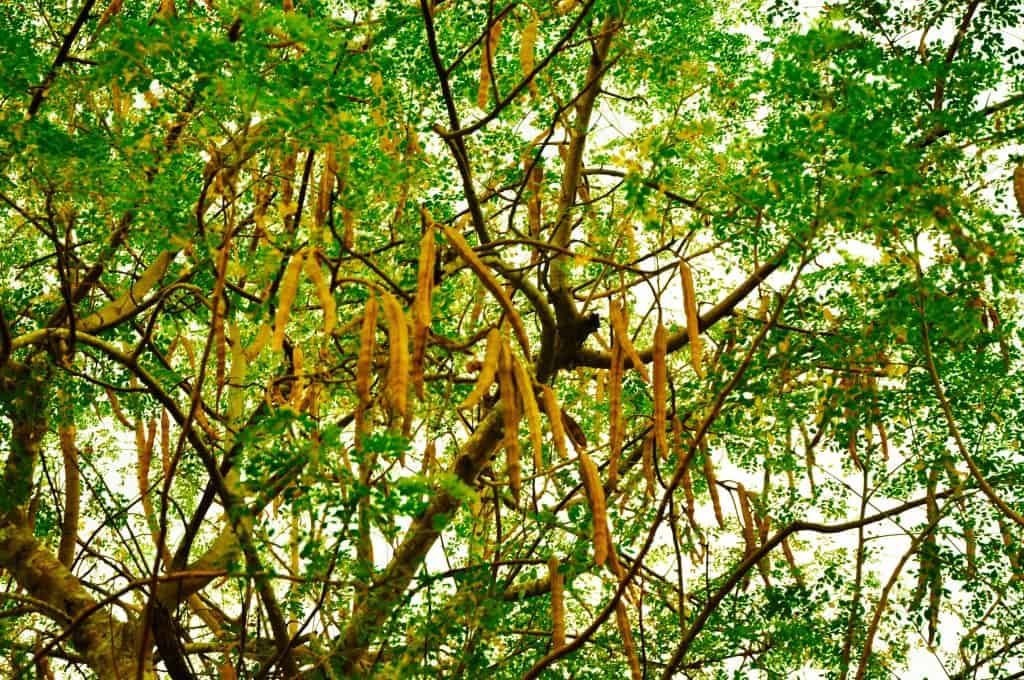 Avoid completely clay soilsas they will make the plant waterlogged.
Avoid completely clay soilsas they will make the plant waterlogged.
Another important factor in plant growth is the pH levels in the soil. Moringa grows insoils with pH between 4.5 and 8,although it prefers neutral (7) or slightly acidic (values less than 7).
To take the pH, small measuring bands are required, which are submerged in moist soil (or with a little water) and later the marked color is compared with the graph that comes on the package.
In order for the land to be ready for sowing seeds, it is also advisable to weed, that is, to remove the herbs that have grown without being planted.
Likewise, if it is a large piece of land, the soil must be loosened so that the rooting of the moringa is effective.
Plant Moringa step by step
sowing seed
If you have a garden, you can plant the moringa right there or else in a pot.
First you have to select the right type of soil, remove the weeds andadd a little organic matter such as compost.
Moringa can do without compost so the most important thing is to take care that the soil has good drainage.
To sow the seed directly in the ground, consider twice the diameter of the seed and plant at that depth.
Once the seed is buried, cover it with soil without crushing it.Water daily with a spray,that is, do not let the water jet fall directly on the seed until it germinates.
stake planting
 For stake plantingthe aspect that changes is the depth.
For stake plantingthe aspect that changes is the depth.
Sow approx.10 centimeters from the groundwith a slight incline. Subsequently, the stake must be allowed to produce roots and finally transplant to the final place.
If the plant is already very large, it can be considered to add fertilizers so that a stable production of good quality continues.
If you are going to plantmore than one plant consider a distance of 30 centimeters between each unitto allow them to produce leaves.
When and how is moringa harvested?
The seed germinates in a period of 8 to 10 daysand the harvest is done three months after planting or when the plant has reached a height of one meter.
If you have planted the moringa in a pot, there is less chance that the plant will reach a meter in height because the roots will have little room to grow; then take as measure to harvest the elapsed time.
In the first harvest, leaves that are yellowish in color or that are dry at the tips should be removed. Remove some lateral branches, always leaving three so that the plant can continue to grow.
It is important to continue pruning the plant afterwards. This with the aim of restricting the growth of too many branches and increasing fruit production.
If a stake was planted, it will bear fruitabout six months later.
It is also important to prune it by removing dry leaves and leaving few branches. Fruits reach maturity approximately 3 months after flowering.
And the flowering normally occurs once a year between the months of April and June.
What pests and diseases does it have?
Moringa is a plant that is particularly resistant to pests and diseases, but it is not immune, so care must always be taken.
leafcutter ant
The arrera or cutter ant is one of the pests that attack plantations, mainly when they are young.
The best thing in these cases is to find the anthill and eliminate it with an insecticide. However, first make sure that the insecticide will not harm the moringa by burning its leaves and eventually causing the plant to die.
inchworms
Another common pest is inchworms. These grow on the underside of leaves and reproduce rapidly.
A preventive measure is to remove all the weeds that are growing around the Moringa. If they are already on the plant, washing the leaves with neutral potassium soap is usually an option that does not harm the plant.
aphid
Finally, aphids also affect Moringa leaves.
They are sucking insects that grow very fast, so they must be eliminated as soon as possible. To eradicate them, you can use potassium soap diluted with water and sprayed on the affected area. Likewise, neem oil is a natural option.
Benefits of this plant
 Moringa hasnumerous benefits and uses.
Moringa hasnumerous benefits and uses.
Its benefits range from being an ornamental plant, as fodder for animals, purifying water or even human consumption.
As a medicinal plant it has great potential. Being originally from India, it has been used in Ayurvedic medicine to counteract inflammation, fungi and also viruses.
Being a great source of protein, it is ideal for people with vegan and vegetarian diets. It also contains large amounts of vitamins and minerals that stimulate defenses and help detoxify the body.
Where can I buy a moringa tree?
We always recommend going to a nursery in the town where you live. They will advise you and you can see the seedlings or trees in person.
However, if you do not have any nursery, we can recommend you to buy a moringa tree on Amazon. It has given us good results:
Moringa or Tree of Life 10cm Potted Small Natural Live Plant View on Amazon Prices with VAT without transport
Last updated on 2022-07-31 / Affiliate Links / Affiliate API Images
PLAT FIRM Seed germination: Moringa tree seeds 100 pc
- High germination rate seeds
- Moringa tree seeds 100 units
- Package contains 1 set of seeds.
- The image is only an indication of type
View on Amazon Prices with VAT without transport
Last updated on 2022-07-31 / Affiliate Links / Affiliate API Images
How long does moringa live?
This species has an average lifespan of 20 years, if the conditions and care offered are adequate for its survival.
How long does it take to grow moringa?
It tends to grow quite fast, reaching its final size of 12 meters in just 3 years after cultivation.
How long does it take to produce fruit?
It can begin to produce fruit 8 months after sowing, taking about 3 more months for its maturation.
Can it be grown in a pot?
As long as the pot is sized to give the roots plenty of room to grow, it can be grown in a pot.
However, it should be borne in mind that the time will come when it must be transplanted directly into the ground.
How many times does moringa produce fruit?
The plant can bear fruit once or twice a year, depending on the conditions in which it is found.
Should moringa be pollinated to obtain fruit?
Although moringa flowers are bisexual and do not require pollination to bear fruit, they do receive help from bees and other insects.
This means that there are more opportunities for a moringa tree to produce fruit.
How cold can moringa tolerate?
It does not tolerate excessive cold even for short periods of time.
This plant must be found in climates with temperatures above 10ºC in order to survive.
How many moringas can be planted per hectare?
Moringa does not need much space to develop, so up to 500 specimens can be planted in one hectare.
What type of fertilizer does moringa need?
In order to ensure the good production of the plant, it is recommended to add manure and ammonia sulfate once a year.
Likewise, during its cultivation it is necessary to prepare the soil with compost and phosphorus to ensure its good development.
How much heat and/or drought can moringa tolerate?
It does very well with the heat, given that its ideal temperatures are between 22 and 35ºC, being able to withstand up to 48ºC for short periods and in the shade.
As for drought, it is very resistant, surviving long periods of time without water.
These articles may interest you 
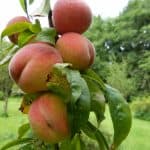


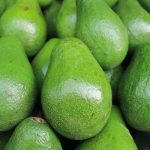
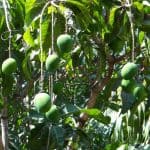
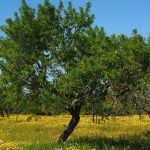




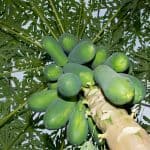
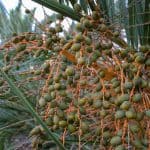

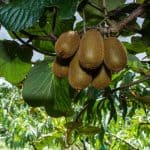
![Photo of Spinach Irrigation: [Needs, Frequency and Procedure]](https://www.complete-gardening.com/wp-content/uploads/2021/06/espinacas_cultivo_1621208188-390x220.jpg)
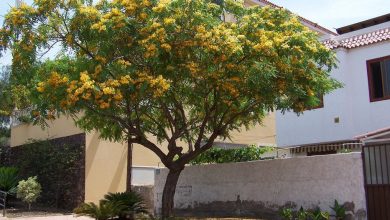
![Photo of Prune an Holm Oak: [Importance, Time, Tools, Considerations and Steps]](https://www.complete-gardening.com/wp-content/uploads/2021/06/Podar-una-Encina-390x220.jpg)
